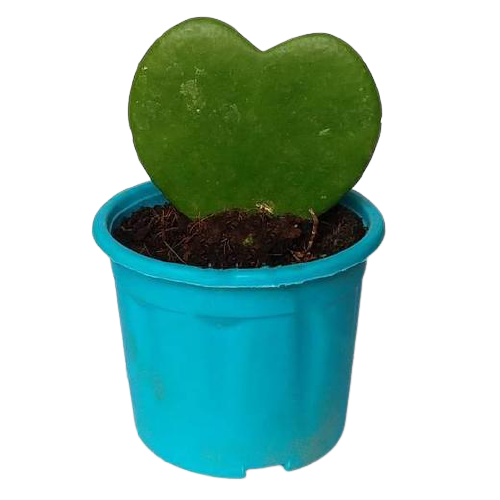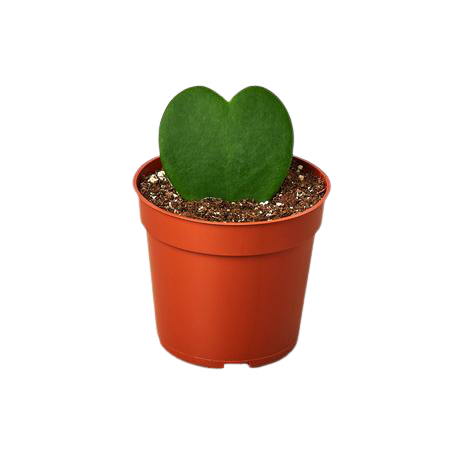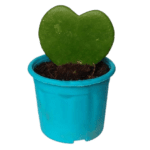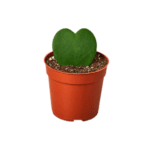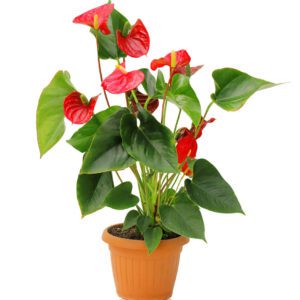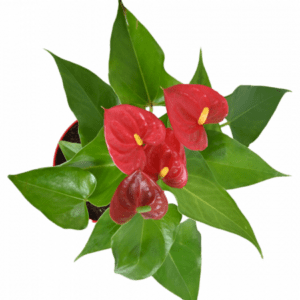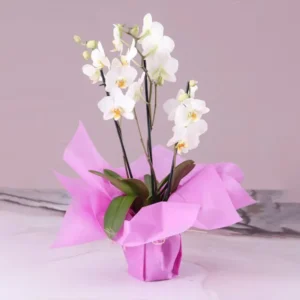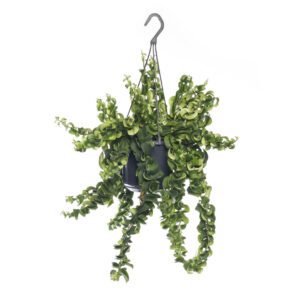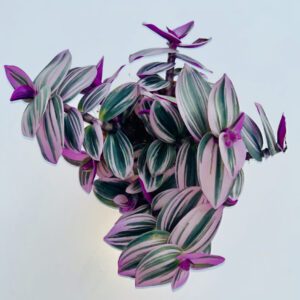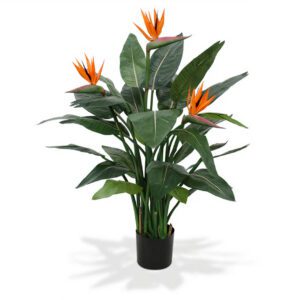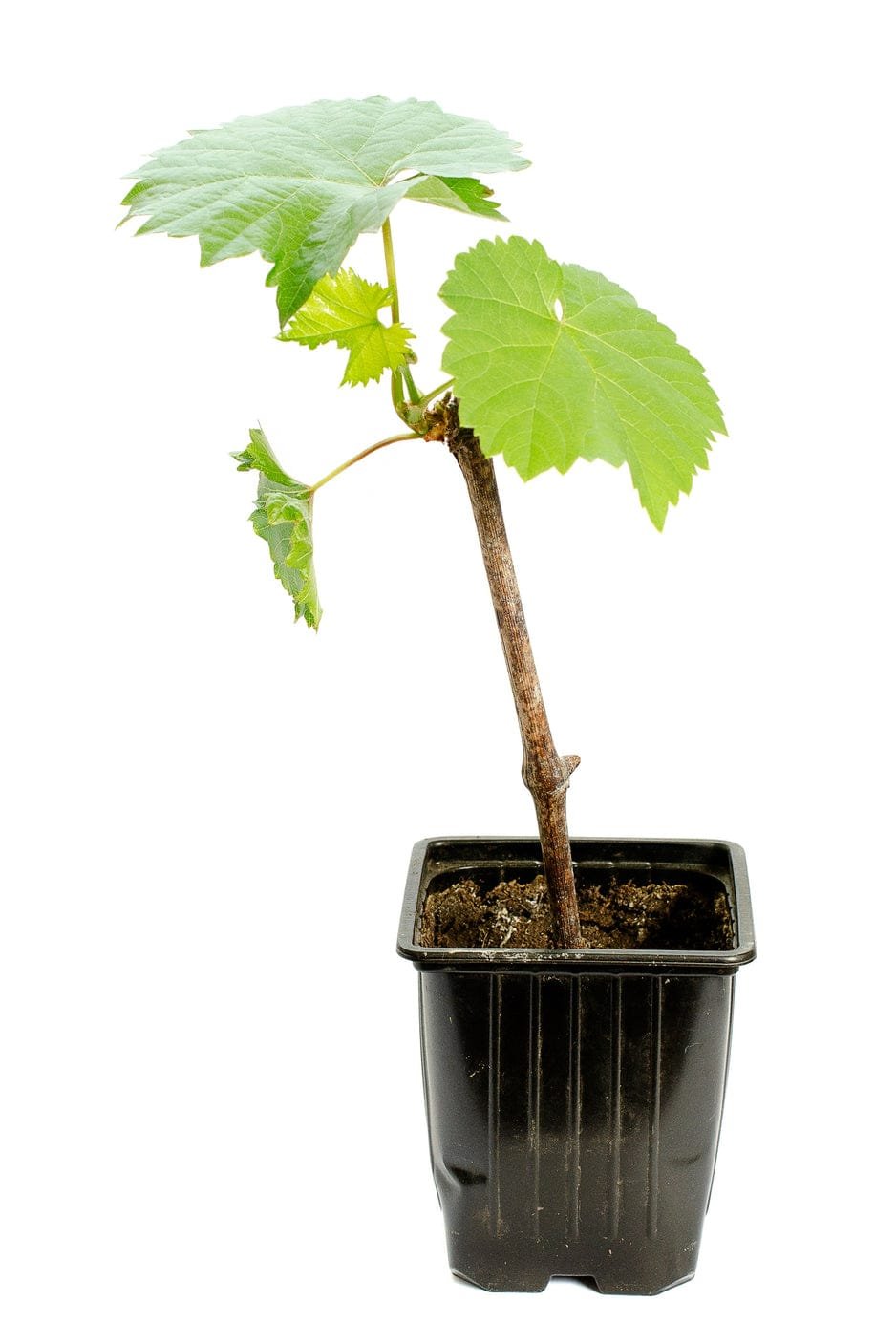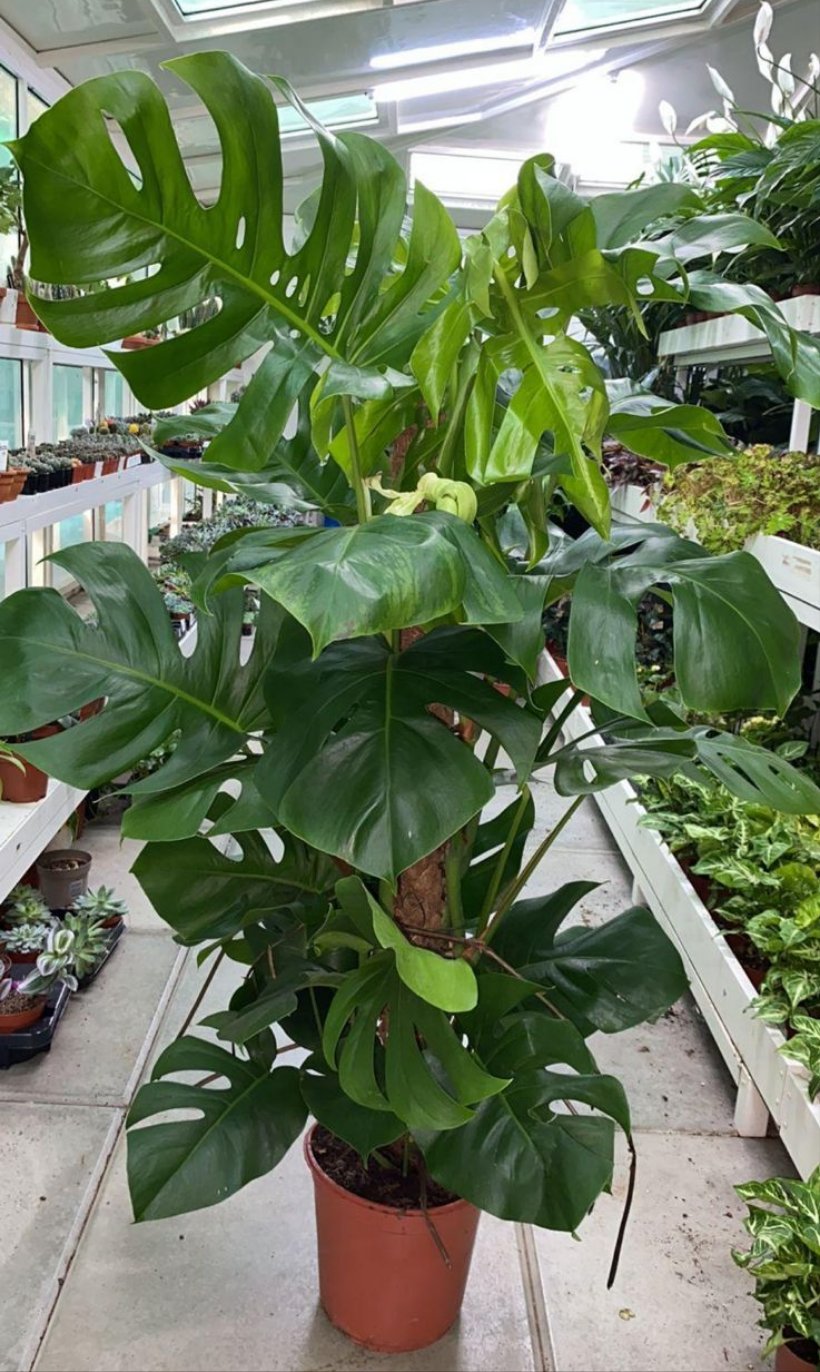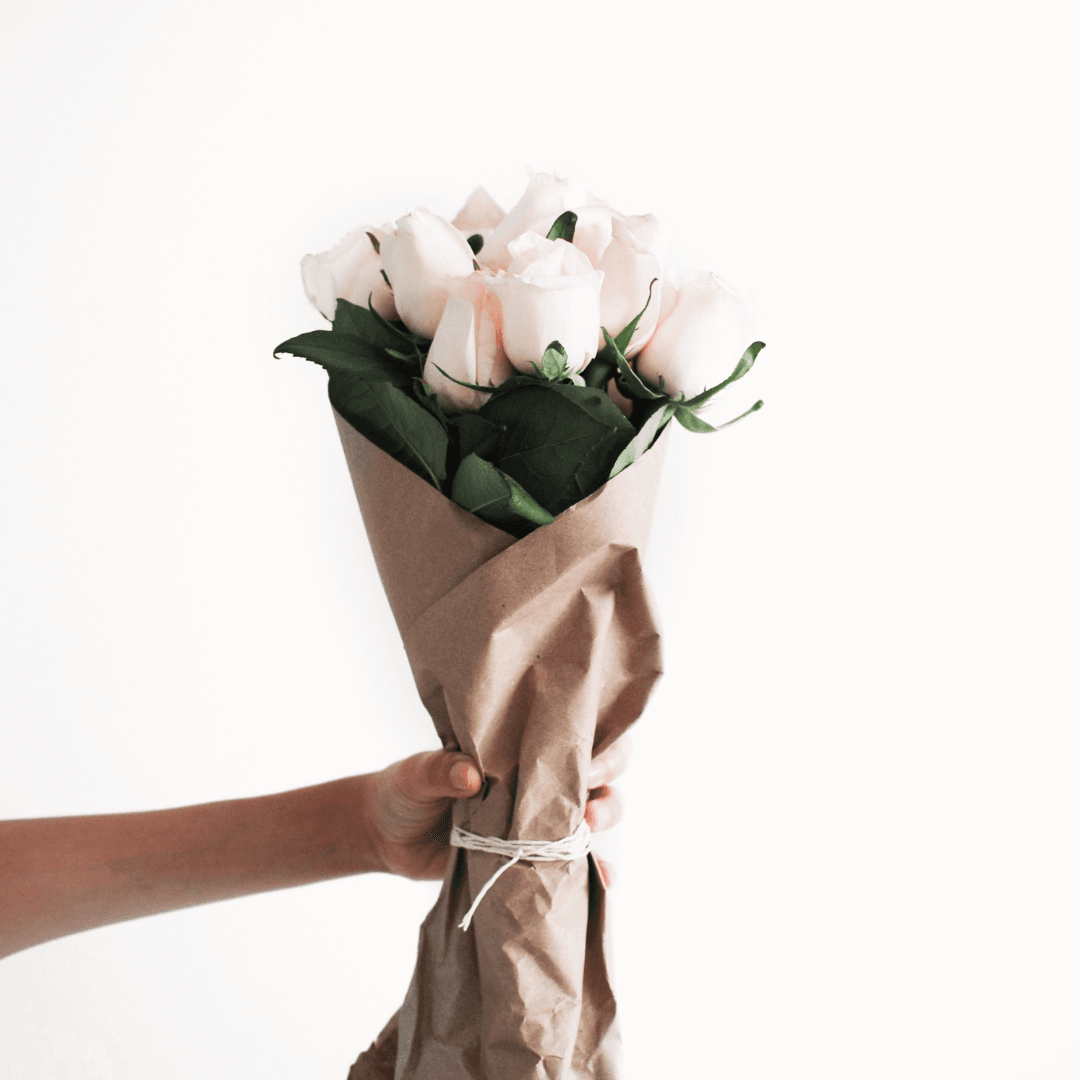Hoya Kerrii “Sweetheart Hoya”
The Hoya Kerrii, commonly known as the Sweetheart Hoya or Valentine Hoya, is a charming and unique houseplant, best known for its heart-shaped leaves.
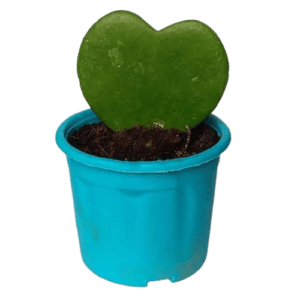
Hoya Kerrii “Sweetheart Hoya”
Description
Additional Information
| Size | 10cm – 15cm |
|---|
Disclaimer
The image displayed is for reference only. The actual product may differ in shape, appearance, climate, age, height, and other factors. Plants will be delivered in plastic pots unless the customer explicitly selects a different pot option.
All information provided is shared in good faith. However, we make no representations or warranties of any kind, express or implied, regarding the accuracy, adequacy, validity, reliability, availability, or completeness of the information on this site.

